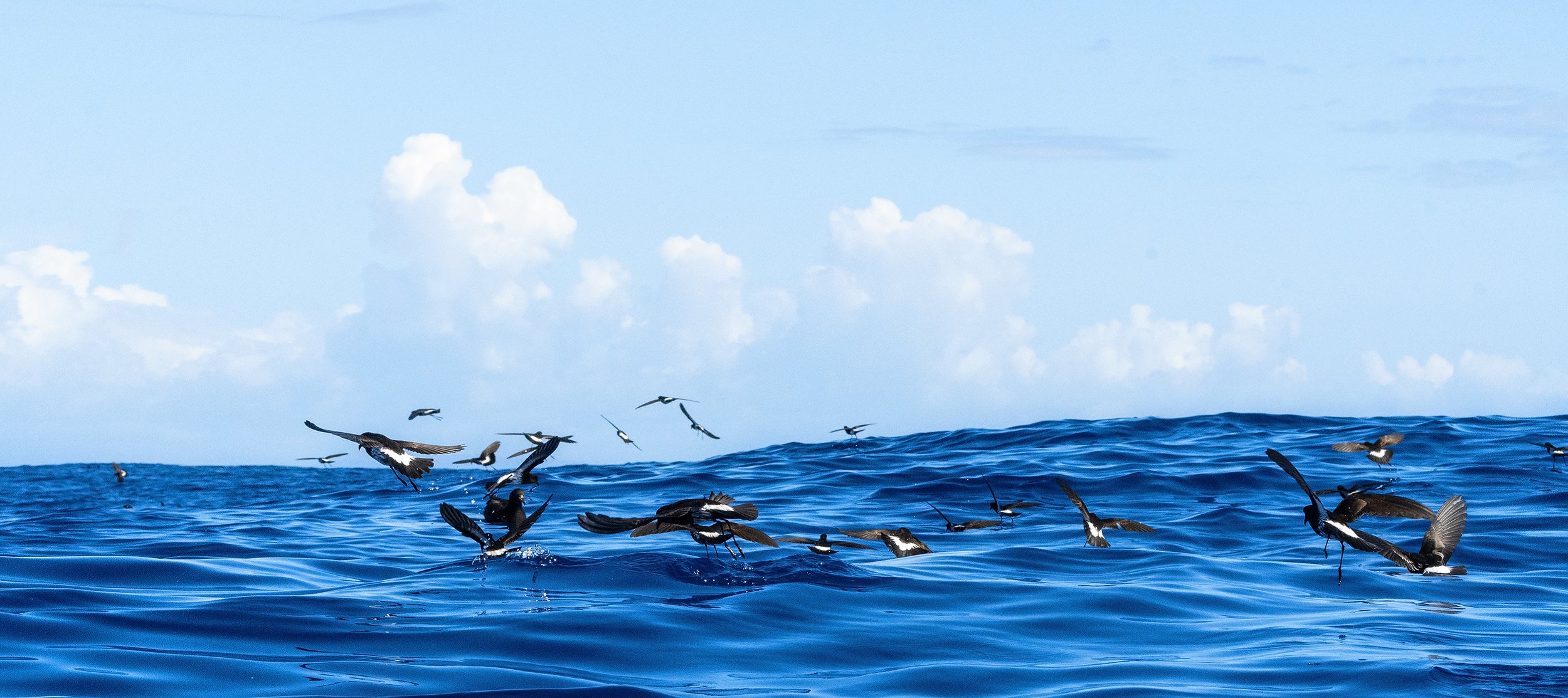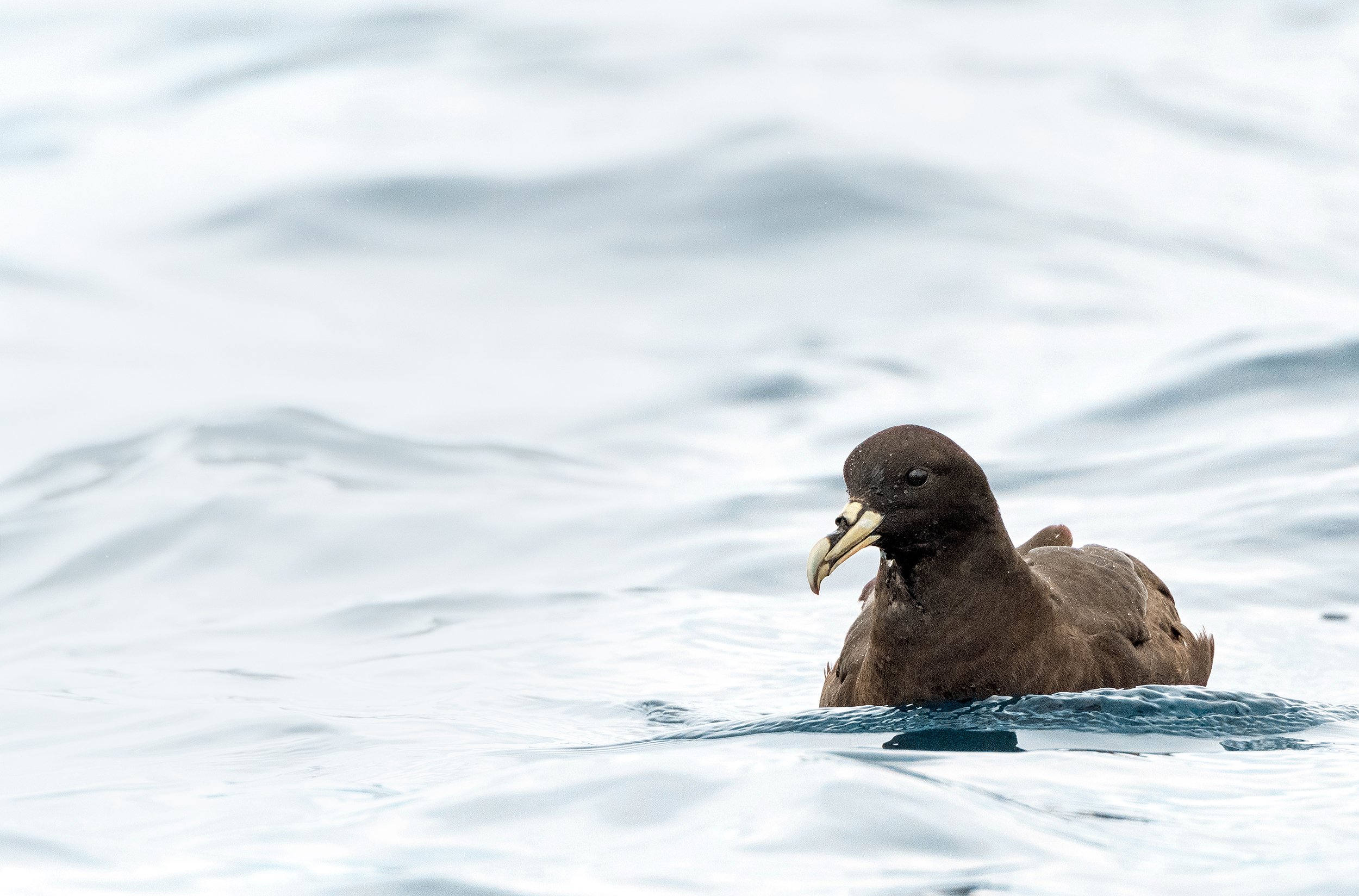
The seabird research
Tutukaka, New Zealand
Along with the seabird tours, The Petrel Station Project is also a long term, at-sea, pelagic seabird sighting research project, taking place offshore from Tutukaka, in Northland, New Zealand.
The project
The Petrel Station Project is a long term, at-sea, seabird sighting research project with an aim to identify the year-round, and seasonal, occurrence and diversity of seabird species present in the highly productive waters offshore from Tutukaka and out approx 40km to the shelf zone.
We are also working towards several other seabird research projects that we’d like to undertake while we are out the ocean, including studying plumage variations and moult of several seabird species, monitoring feeding workup densities, and more…
Find out more about what’s being recorded, and the results so far
There’s currently minimal seabird diversity information available in northern New Zealand and this citizen science research project is already beginning to fill in this knowledge gap, as well as increase the understanding of seabird movements around mainland New Zealand.
Over the next 15+ years the project will be looking for any variations within the numbers and diversity of these seabirds, and try to establish possible causes (ie. climate change, fishing, sea temperatures etc).
To get a true picture of which seabird species are present throughout the year we plan to get out once a week to ensure data captured is as complete as possible.
The research is being done in conjunction with The Petrel Station pelagic seabird tours, where people can come out and enjoy a great day birding with the seabirds, learn about these stunning birds, and participate with the seabird sightings. These eco-tourism tours help to partially fund the research but we require additional funding, which will help to ensure the research project can achieve its long-term goals
Check out the Funding and Support page which outlines more about how the research is funded and also how you, or your company/organisation could help support the research project.
Why here?
BECAUSE IT'S ONE OF THE WORLD'S MOST DIVERSE SEABIRD LOCATIONS!
With the research results already highlighting this area as one of the most diverse seabird locations anywhere on the planet, offshore from Tutukaka (in northern New Zealand) is the ideal setting for the seabird sightings research project
And it’s these same reasons that make this location perfect for The Petrel Station seabird tours (which are highly regarded within the international bird community as one of the best seabird birdwatching tours in the world).
So far we’ve recorded 69 different seabirds present in the area offshore from Tutukaka.
24 seabird species we’ve encountered breed either on the local Poor Knights Islands, on other nearby offshore islands in the greater Hauraki Gulf area, or on the nearby mainland.
The pelagic waters of the greater Hauraki Gulf area, and the northern east coast are some of New Zealand’s most productive waters. Krill and smaller bait fish often school in dense groups resulting in huge workups of seabirds and other marine life (whales, marlin, tuna, kingfish etc)
Due to our latitude (35ºS) we’re generally as far south as some tropical seabirds species will range down to, and as far north as some southern based seabird species come up to, so we’re in a prime location to encounter a diverse mix of these seabird species over various seasons.
A good diversity of migrating seabirds pass through in season, and we have some scarcer vagrant seabird species turn up as well.
When we are out at the shelf it gives us the opportunity to study and view the various seabird species away from breeding areas where we can observe there at-sea behaviour.
Why it’s important
Seabirds are an important indicator of the health of a marine ecosystem. Currently many seabird species populations are declining as they are faced with a range of issues including: commercial fishing (seabird bycatch & overfishing), climate change, warming oceans (which can alter where and when their preferred food supply is), pollution and pests at breeding areas.
That’s why it’s important to get a gauge on the diversity of seabirds species that we currently have right now off our coasts, and to monitor them long-term to get a better understanding of any future fluctuations in quantities and diversity of species present (local, migratory and vagrants).
The Petrel Station Project research has already highlighted what an incredible diversity of seabirds are present in our area, and that it’s one of the most diverse seabird locations anywhere in the world. Well worth protecting! Over time as the data builds, we hope the information we collect will help towards forming decisions on protecting these stunning seabirds and their ocean environment.
Creating seabird awareness
For most people seabirds are an unseen and unknown bird group – and it’s not surprising given that the only way to see this fascinating group of birds is to go out onto the ocean and into their environment.
The research project and seabird tours both help to create public awareness of New Zealand’s pelagic seabirds, and their plight, through people coming out for a unique memorable experience, and sharing this with others. We also have a strong online and social media presence to help highlight these amazing seabirds.

help support the research
We’re looking for supporters and funding to help the seabird research project achieve it’s long-term goals.

